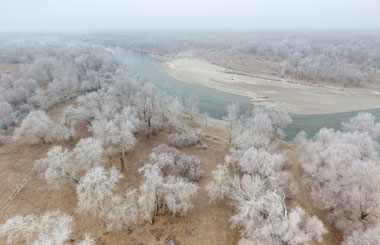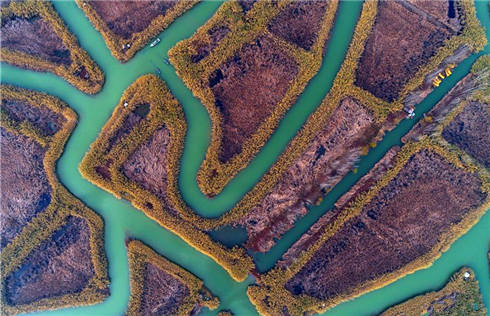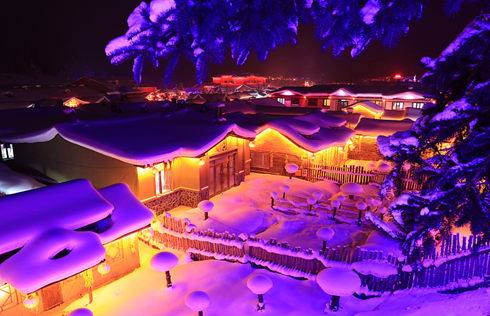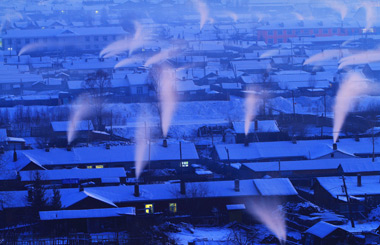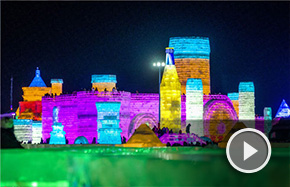Songpan's charm lingers and shines in modern times
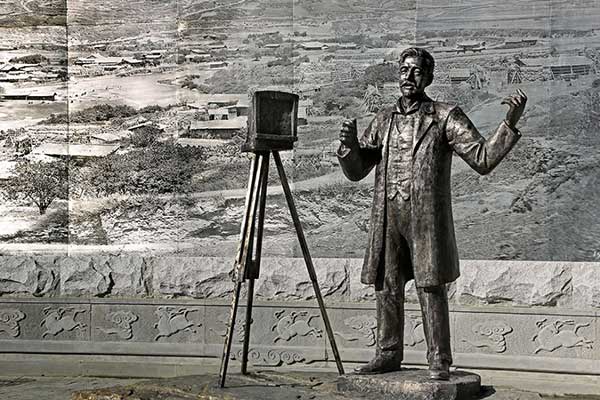 |
|
A statue of British botanist Ernest Henry Wilson in Songpan. |
The watch towers are taller and broader compared with similar structures in Nanjing, the first Ming capital, in East China's Jiangsu province. The gates of the wall feature delicate stone carvings that date back 400 years.
Late Ming rulers consolidated the 60-year-old wall project, making Songpan one of the country's most impenetrable cities at the time.
The Red Army crossed Songpan from 1935-36 during their historic Long March. The communist troops were on their way to North China.
The city gates served as shelters from air raids during the War of Resistance Against Japanese Aggression (1937-45). On a gate in the wall that faces Wilson's sculpture, there are also some bullet holes made in 1944 by the Japanese forces as they targeted Chinese civilians.
Around the city are many ruins of ancient battlefields. In the Minjiang River Valley and Peijiang River Valley, travelers can easily spot mountain passes, barracks and beacon towers.
The city perches on a mountain slope with a river running through it. Most of the buildings in Songpan are in traditional Tibetan and Qiang styles, the two main ethnic groups in the region.
Songpan was an important spiritual destination in the past, as evident from more than a dozen Buddhist, Taoist and Confucian temples, as well as a few mosques.
About 57 kilometers to the east of Songpan is the Huanglong Scenic Area, a must-see spot for tourists. It is famous for its colorful calcified water bodies that are surrounded by primeval forests, near the origin of the Peijiang River. The color of water changes with sunlight and the seasonal changes in trees, creating a fantasy land.


